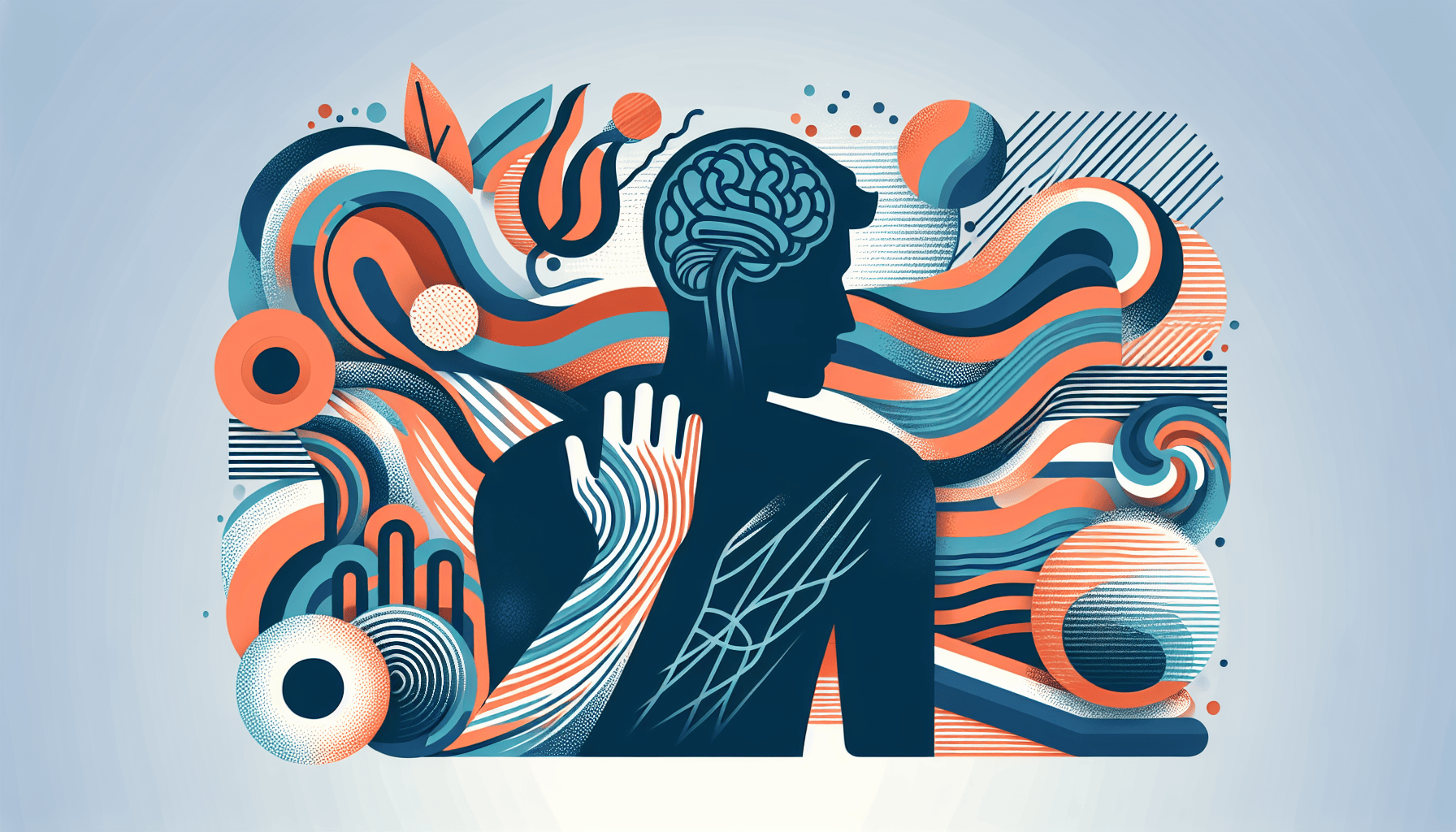Reflex Sympathetic Dystrophy Syndrome (RSD) is a condition that causes severe, chronic pain, usually in an arm or leg. It often develops after an injury, stroke, or heart attack, but the pain is typically more intense than the original injury. RSD is a type of Complex Regional Pain Syndrome (CRPS) and is sometimes referred to as Type I CRPS.
What Causes RSD?
The exact cause of RSD is not well understood, but doctors believe it is related to problems in the sympathetic nervous system. This system controls blood flow and helps regulate heart rate and blood pressure. When you experience an injury, your sympathetic nervous system tells your blood vessels to constrict to reduce blood loss and later dilate to allow blood to reach the damaged tissue for repair. In RSD, the sympathetic nervous system receives mixed signals and remains activated even after the injury has healed, causing excessive pain and swelling.
Symptoms of RSD
RSD symptoms may develop gradually, with pain being the first noticeable sign. The pain may worsen over time and can spread beyond the original injury site. Common symptoms of RSD include:
Constant, severe pain described as aching, burning, cold, deep, or throbbing
Skin sensitivity to touch or temperature changes
Redness, warmth, or swelling in the affected area
Changes in hair or nail growth, or skin texture
Excessive sweating in certain areas of the body
Muscle weakness or spasms
Stiff joints and difficulty moving the affected limb
Skin color changes (white, mottled, red, or blue)
Diagnosing RSD
There is no single test to diagnose RSD. Doctors rely on a physical exam, medical history, and various tests to identify signs of the condition. These tests may include:
Bone scans to detect changes in bone density or blood flow
MRI to examine tissues for noticeable changes
Sweat tests to determine if sweating is more prominent on one side of the body
Thermography tests to check for temperature or blood flow differences in the affected area
X-rays to look for mineral loss in bones, especially in later stages of RSD
Treating RSD
Early detection and treatment are crucial for managing RSD. While there is no cure, many symptoms can be alleviated with proper care. Treatment options include:
Medications such as anesthetic creams, antidepressants, anti-inflammatory drugs (NSAIDs), anti-seizure medications, nasal sprays for bone loss, nerve blocking injections, and over-the-counter pain relievers
Physical therapy to improve mobility and reduce pain
Psychotherapy to teach relaxation techniques
Splints to help with hand pain
Spinal cord stimulation using electrodes to deliver small electric shocks for pain relief
Sympathectomy, a surgical procedure to remove certain nerves around blood vessels to improve blood flow (in severe cases)
It is essential to work closely with your healthcare provider to develop a personalized treatment plan that addresses your specific needs and helps you manage your RSD symptoms effectively. With proper care and support, many people with RSD can improve their quality of life and find relief from chronic pain.
For more information on RSD and chronic pain management, visit:


